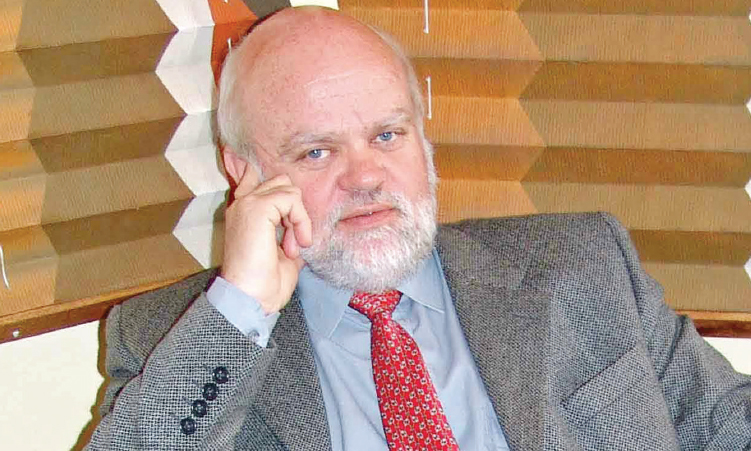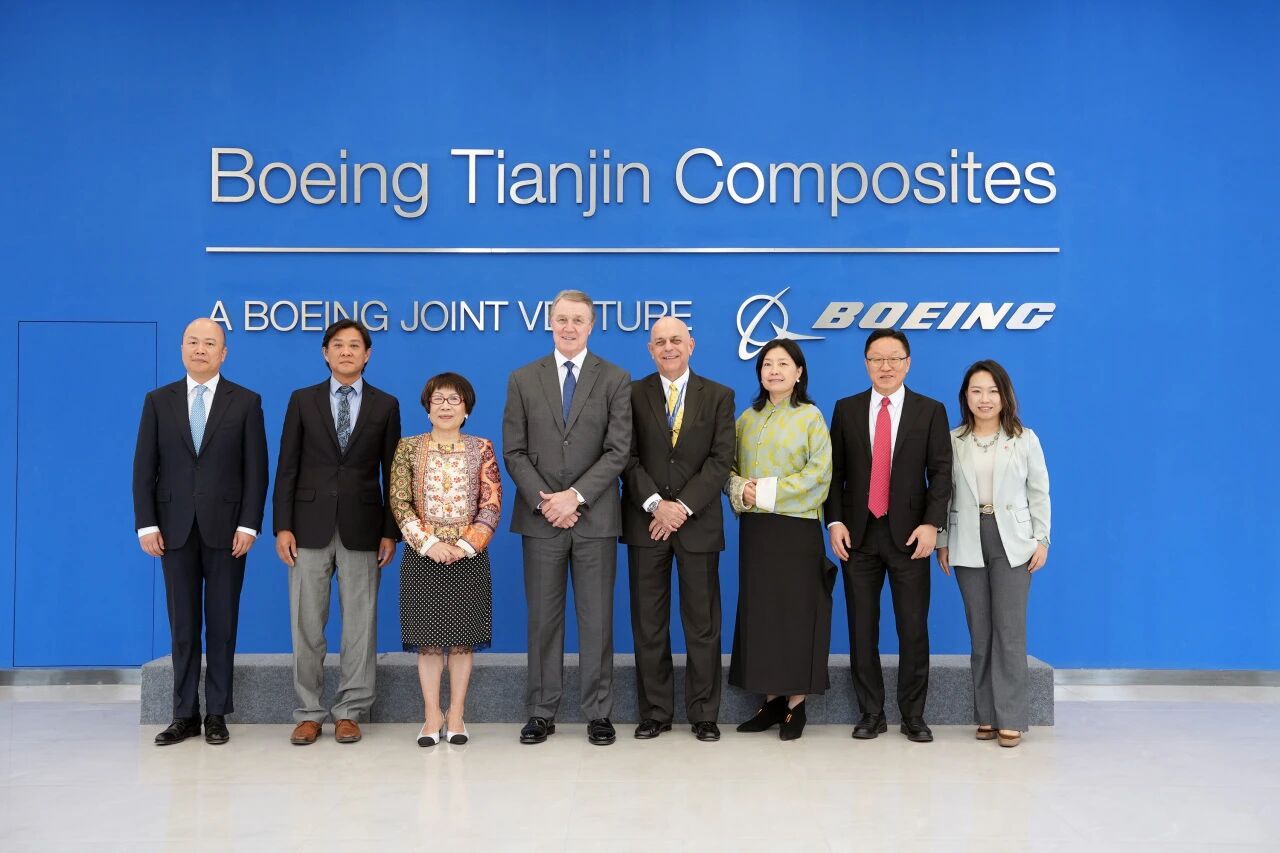By Danny Meyer
Copyright namibian

The key economic development strategies of Namibia include diversifying the economy, promoting entrepreneurship and investing in infrastructure.
Given the mammoth investment in port, road and rail expansions and upgrades over the past years, the country’s aim to be the region’s logistical hub is already yielding results – not only in terms of serving Namibia’s goods and transportation needs, but also those of landlocked countries on the sub-continent.
Countries such as Botswana, Zambia, Zimbabwe and the Democratic Republic of Congo now have an attractive transport route for importing and exporting goods and liquid fuel.
However, it is not all rosy, as Namibia has other inadequate infrastructural needs that require urgent redress by significant investment – such as the education and healthcare sectors and providing for the basic social needs of many who reside in townships where water and sanitation services require upgrading.
The rapidly growing number of informal settlements are a manifestation of a housing backlog and an absence of basic social needs.
As for the diversification of the economy, it is visibly obvious that change is happening in sectors such as agriculture, tourism, transportation and logistics, and even in the much-hyped energy sector.
Working in the Kavango East region, the development I saw at Rundu beach convinced me that a public-private partnership model, the so-called triple ‘p’ approach, creates new business opportunities for emerging entrepreneurs.
These opportunities include food and beverage retailing, art and craft sales, on-river and riverside recreation, and spaces for tour guides to visibly market their offerings.
The secure Rundu beach development even has a large, well-maintained grass-covered area for holding functions and events.
The Kavango East region is known for its luxury lodges along the river, situated far away from urban areas and mostly appealing to higher income local and foreign tourists.
What surprised me was the growing number of competitively priced accommodation offerings at Rundu and Divundu, owned by Namibians who are newcomers to the business arena.
Diversification of the economy has been on the country’s economic development agenda for some time now and agriculture and food security is at the forefront.
Post-independence success stories in the agriculture sector that generate export earnings include table grapes and dates.
Expanded citrus cultivation reflects promising results, and there is much hope that avocado, figs and pecan nut cultivations will soon become major contributors to the gross domestic product and export earnings.
Without denigrating the importance of attracting foreign direct investment (FDI) by including the promotion of entrepreneurship as a key economic development strategy, the government is spotlighting the importance of domestic investment.
It is unrealistic to view FDI-led growth as a panacea for economic development as surely foreigners are disinclined to invest in a country where there is a low level of domestic investment.
Like grass grows from the roots up, the same applies to a country’s economy – growth is led by domestic investment.
Given the country’s abundance of resources above and below the ground, addressing income inequality and fostering inclusive economic development at a higher rate and faster speed is not a pipe dream, but a commendable and achievable goal.
Provided key economic development strategies are underscored by business-friendly rules and regulations, which are implemented by public officials who prize optimal service delivery above self-gratification.
– Danny Meyer is reachable at danny@smecompete.com



